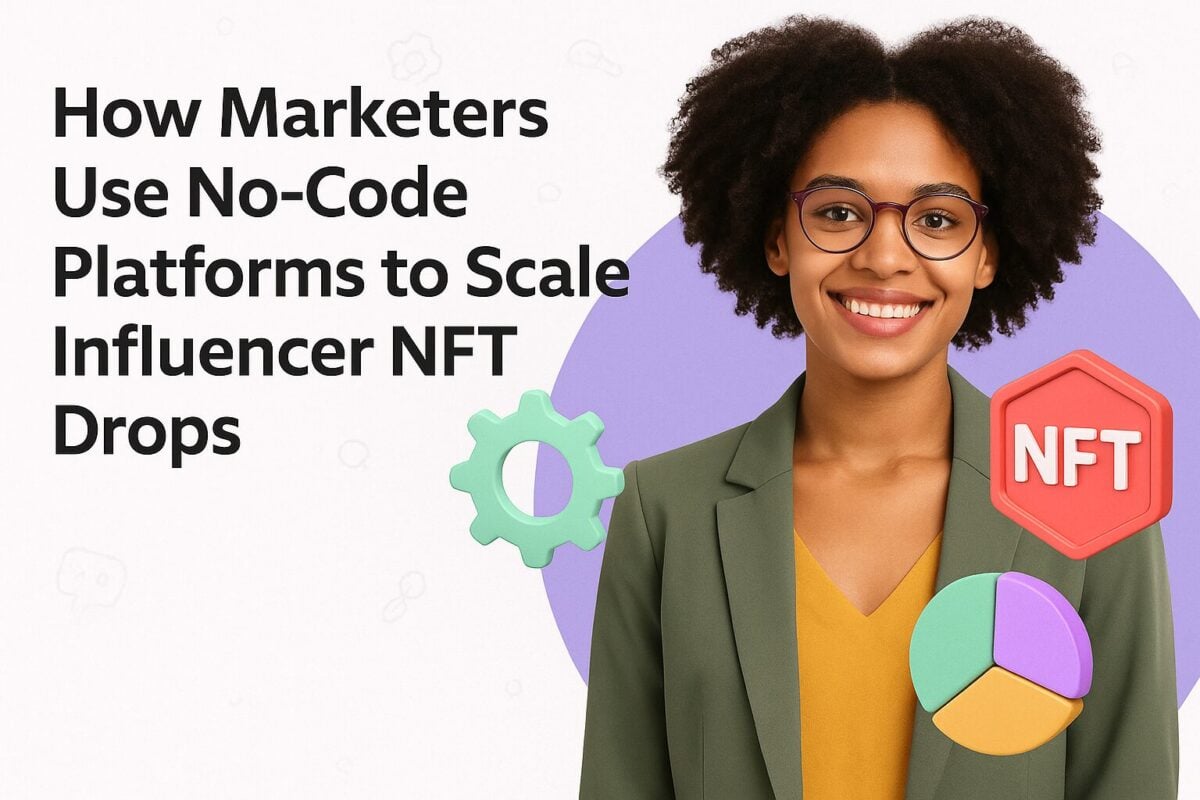NFTs are non-fungible tokens. They are unique items that you can't replace with something else. For example, a one-of-a-kind trading card is an NFT – you can't just replace it with any other card. If you trade your card for some other card, you have something different. These differ from fungible items, which are often the same as each other. If you trade one bitcoin for another, you end up in the same position as where you started, for instance. On the other hand, if you swap a near-worthless mass-produced late 80s baseball card for a 1909 American Tobacco Company T206 Honus Wagner card (valued at over $1 million), you've done very well for yourself.
Nowadays, most NFTs tend to be digital. This makes it particularly easy for creators to give their supporters something rare and unique. Some NFTs, for example, are digital artworks, and people are now collecting these digital artworks, just like collectors have collected physical paintings for years. And some of these NFTs have gone for extraordinary prices. One NFT artwork by a digital artist called Beeple sold for $69 million at Christie's.
A more down-to-earth version of a modern digital NFT is CryptoKitties. They are an Ethereum blockchain game where users can buy, sell and breed digital "cats." Every "cat" is unique (just like your real-life pet).
In some ways, NFTs are similar to Bitcoins and other cryptocurrencies, except, of course, they are non-fungible and non-divisible. The first NFTs were part of the Ethereum blockchain, which stores extra electronic information to distinguish their uniqueness. Other blockchains now also facilitate NTFs. Because of the differing blockchain technology behind particular NFTs, not all NFT marketplaces buy and sell all types of NFT. Creators will often select an NFT marketplace based on whether that marketplace supports a specific NFC token standard. Ethereum has released two standards now: ERC-721 and ERC-1155. Competitor, Binance, has since released standards BEP-721 and BEP-1155. The two "1155" standards differ from the original "721" standards because they allow multiple NFTs to be bunched and transacted together.
Most NFT platforms require buyers to have a digital wallet and use cryptocurrencies to pay for their purchases.
OpenSea boldly describes itself as being the largest NFT marketplace. It offers a wide range of non-fungible tokens, including art, censorship-resistant domain names, virtual worlds, trading cards, sports, and collectibles. It includes ERC721 and ERC1155 assets. You can buy, sell, and discover exclusive digital assets like Axies, ENS names, CryptoKitties, Decentraland, and more. They feature over 700 different projects, including trading card games, collectible games to digital art projects, and name systems like ENS (Ethereum Name Service). Creators can create their own items on the blockchain using OpenSea’s item minting tool. You can use it to make a collection and NFTs for free, without the need for a single line of code. If you’re developing your own smart contract for a game, digital collectible, or some other project with unique digital items on the blockchain, you can easily get added to OpenSea. If you’re selling items on OpenSea, you can sell an item for a fixed price, create a declining price listing, or make an auction listing. The world’s largest digital marketplace for crypto collectibles and non-fungible tokens (NFTs), including ERC721 and ERC1155 assets. Buy, sell, and discover exclusive digital assets like Axies, ENS names, CryptoKitties, Decentraland, and more. Rarible is a community-owned NFT marketplace, with its “owners” holding the ERC-20 RARI token. Rarible awards the RARI token to active users on the platform, who buy or sell on the NFT marketplace. It distributes 75,000 RARI every week. The platform places a particular focus on art assets. Creators can use Rarible to “mint” new NFTs to sell their creations, whether they be books, music albums, digital art, or movies. The creator can even show a sneak peek of their creation to everybody who comes to Rarible but limit the full project to the purchaser. Rarible buys and sells NFTs in categories like art, photography, games, metaverses, music, domains, memes, and more. SuperRare has a strong focus on being a marketplace for people to buy and sell unique, single-edition digital artworks. Each artwork is authentically created by an artist in the network and tokenized as a crypto-collectible digital item that you can own and trade. They describe themselves as being like Instagram meets Christie’s, offering a new way to interact with art, culture, and collecting on the internet. Each artwork on SuperRare is a digital collectible– a digital object secured by cryptography and tracked on the blockchain. SuperRare has built a social network on top of the marketplace. As digital collectibles have a transparent record of ownership, they’re perfect for a social environment. All transactions are made using ether, the native cryptocurrency to the Ethereum network. At the moment, SuperRare works with a small number of hand-picked artists; however, you can use a form to submit your artist profile to get on their radar for their upcoming full launch. Foundation is a specialist platform designed to bring digital creators, crypto natives, and collectors together to move culture forward. It calls itself the new creative economy. Its primary focus is on digital art. In the first blog post on their website in August 2020, they announced an open call for creators to experiment with crypto and play with the concept of value. They invited creators to “hack, subvert, and manipulate the value of creative work.” Whenever an NFT trades on Foundation, the artist makes 10% on that secondary transaction, i.e., an artist receives 10% of the sales value any time a collector re-sells their work to someone else for a higher price. AtomicMarket is a shared liquidity NFT market smart contract that is used by multiple websites. Shared liquidity means that everything listed on one market also shows on all other markets. It is a marketplace for Atomic Assets, a standard for non-fungible tokens on the eosio blockchain technology. Anyone can utilize the Atomic Asset standard to tokenize and create digital assets and buy, sell and auction assets using the Atomic Assets marketplace. You can list your own NFTs for sale on the AtomicMarket, and you can browse existing listings. NFTs of well-known collections get a verification checkmark, which makes it easier to spot the real NFTs. Malicious collections are blacklisted. BakerySwap is an automated market maker (AMM) and decentralized exchange (DEX) on Binance Smart Chain (BSC). It uses a native BakerySwap token (BAKE). BakerySwap is a multi-functional crypto hub offering a range of decentralized finance (DeFi) services, as well as a crypto launchpad and non-fungible token (NFT) supermarket. Its NFT supermarket hosts digital art, meme competitions, and NFT in games that users can pay for in BAKE tokens. You can use NFTs in ‘combo meals’ to earn bonus BAKE tokens. Also, minting and selling your own artwork is a simple, straightforward process. KnownOrigin is a market where you can discover and collect rare digital artwork. Every digital artwork on KnownOrigin is authentic and truly unique. Creators can use the platform to showcase and sell their work to collectors who care about authenticity. It is secured by the Ethereum blockchain. Creators can submit digital artwork as a jpg or Gif to the KnownOrigin gallery, with all files on IPFS. Enjin Marketplace is a mechanism by which you can explore and trade blockchain assets. It is the official marketplace for Enjin based NFTs. To date, it has enabled $43.8 million of Enjin Coin to be spent on digital assets, involving 2.1 billion NFTs. 832.7K items have been traded. You can use the Enjin Wallet to easily list and purchase gaming items and collectibles. The Projects page features Enjin-powered blockchain projects, from game item collections like the Multiverse and games like Age of Rust and The Six Dragons to gamified reward programs such as Microsoft’s Azure Heroes, community-created collectibles, and NFTs by companies like Binance and Swissborg. Portion is an online marketplace connecting artists and collectors through Blockchain technology to easily sell, invest and own art and collectibles with complete transparency. It includes the Artist Community, a global network of decentralized artists and creators. Portion allows anyone to be a collector. You can manage your physical and digital collection in one place, making it easy to exchange crypto for art and collectibles. Portion Tokens are ERC-20 assets on the Ethereum Blockchain and exist to decentrally govern and vote on the platform’s future. New tokens are released for liquidity mining, artist grants, partnerships, and future team members. New Portion Tokens are also distributed when artists create new NFTs, currently being worth 500 PRT each. Async Art is an art movement built on the blockchain. You can create, collect, and trade programmable art. You can buy both “Masters” and “Layers.” A Master is a 1/1 edition art piece, while Layers are the individual components that make up the Master image. Layers are endowed with special abilities decided by the artist. When you change something on a Layer, the Master image will reflect this, regardless of who owns it. Artists select the parameters of their art and grant exclusive control over any aspect to individual collectors. For example, they might let someone change the state of the background, the position of a character, or the color of the sky. Since February 2020, there has already been over $6M in bid volume on the platform and over $1.5M in artist sales. Nifty Gateway is a popular NFT marketplace that has sold artworks from digital artists and celebrities like Beeple, Pak, Daniel Arsham, and Grimes. The platform is managed by Gemini, a regulated and secure crypto exchange, and is considered a high-end marketplace due to its collaboration with popular creators and brands. One of the things that make Nifty Gateway unique is it allows creators to receive a percentage of secondary market sales. So, when someone purchases your NFT, you will receive a cut from the sales. Moreover, Nifty Gateway has “open editions,” which allow creators to mint unlimited editions of their works for a limited time. Additionally, Nifty Gateway makes selling NFTs easier for creators by handling all the technical aspects related to the creation and sale of NFTs by providing you with technical assistance. If you also happen to be a collector, Nifty Gateway lets you purchase other NFTs using fiat currencies. Unlike most NFT marketplaces, Nifty Gateway hosts the NFTs it acquires. This means that the NFTs you sell or purchase aren’t stored in a wallet. Instead, they’re held by Nifty Gateway and Gemini and are stored in your Nifty account. Decentraland is a VR world created on the Ethereum blockchain, which helps make it a safe and reliable NFT marketplace. It lets users acquire virtual properties and other digital assets like wearables, art, and even names, which are stored in smart contracts on the Ethereum blockchain. Aside from allowing you to purchase digital assets, Decentraland also lets you create your own assets that you can list on the Decentraland Marketplace. It has an easy-to-use drag-and-drop Builder tool that lets you create avatars and 3D scenes. What makes Decentraland different from other marketplaces is its tokens are designed to have the same worth and transferability as that of their real-world counterparts. Zora started as an invitation-only NFT marketplace. However, it has since become an open platform that allows creators, collectors, and artists to buy and sell a range of NFT types, including art, music, and media. It operates as a media registry protocol that lets creators publish their works, earn money from sales proceeds, and allow other users to create and share their work. Zora’s manifesto pushes for collaboration and the implementation of “Collective Creation,” where the platform and its users can work together to create a more transparent, accessible, and ownable infrastructure. One of the ways Zora makes this happen is by giving creators more ownership rights and making sure they get compensated for their work. You can have perpetual bids, which allows other users to place a bid on your works using any currency. It also has a zero-fee protocol, so you won’t get charged when you list and sell your NFTs on the platform. Zora has a unique framework. Instead of selling copies of digital goods and creating artificial scarcity, it pushes creators to make one original work that’s openly accessible to other users. The token itself can be resold any number of times, and as it gains popularity, collectors can purchase the work directly from the artist. If you manage to sell an NFT, you get a cut from every sale. If your token becomes more popular, then there’s more opportunity for you to earn more. Mintable is an NFT marketplace that’s built on the Ethereum blockchain. It lets creators mint their NFTs for free and makes it easy for you to sell or auction your works. While it’s still relatively new to the industry—it was founded in 2018—Mintable is backed by a billionaire entrepreneur and investor, Mark Cuban. On Mintable, a variety of users, like musicians and animators, can create, distribute, purchase, sell, and trade their digital assets. The platform allows creators to use smart contracts on the blockchain so they can create digital assets even without knowing how to code. It also lets creators turn their digital files like PDFs and MP4s into NFTs that they can market through their own Mintable store. Mintable is easy to use and lets creators mint and list items using the platform’s gasless feature (if you mint using Immutable X). What makes Mintable so appealing to both creators and collectors is its impressive collection of digital assets, which can range from art to games. If you’re new to selling NFTs, visit the Mintable Academy, which covers topics such as how to create your own store, how to sell more items, and how to promote them. Before you can fully utilize Mintable, you need to purchase Ethereum first from exchanges like Gemini and Binance. You then have to connect your wallet, where you can store your digital assets and cryptocurrency, to Mintable to facilitate all of your marketplace transactions. Mintable supports the MetaMask wallet. As of writing, it has stopped supporting Coinbase. Unlike most NFT marketplaces that are founded or run by tech companies or entrepreneurs, Institut is a platform that’s designed with an “’art-first’ perspective,” according to Institut co-founder Joe Kennedy. It’s a premier NFT platform that uses new and emerging technologies to not only empower artists but also to open the world of NFTs to contemporary art enthusiasts. It also aims to act as a bridge that connects two disparate art communities: traditional and digital. Think of it as like an online contemporary art gallery, but for NFTs. The artworks and artists on the platform are highly curated. But while it’s currently an invitation-only program, Institut encourages artists to submit their work for review. If your submission is successful, you’ll then receive an invitation from the Institut team. The platform houses an eclectic mix of international artists. Institut’s current roster includes Adrian Schachter, Betty Leung, and HUSH. Institut is both an NFT platform and marketplace. It can mint NFTs on the artist’s behalf and gives artists access to an Institut wallet they can use to store their creations. You can also use the same wallet to purchase other NFTs via live auctions or fixed-price sales. While it’s built on the Ethereum blockchain, Institut uses a hybrid system that eliminates the need for gas fees. This same system also lets other enthusiasts purchase NFTs even without a Metamask wallet by using their email addresses and credit cards. Artists get an 85% cut of the primary sales and up to 10% for secondary sales. Magic Eden is a Solana NFT marketplace that bills itself as a “web3-first marketplace”. To date, it has over 7,000 collections and a secondary trading volume of $1.6 billion. Aside from being an NFT marketplace, Magic Eden also supports game creators and launched Eden Games, a hub for NFT games on the Solana blockchain. It also offers partnership and whitelabel marketplaces, allowing others to create their own marketplaces. Some NFT marketplaces powered by Magic Eden include Thugbird’z Thugstore and Galactic Geckos NFT. Additionally, Magic Eden has its Launchpad, its exclusive minting platform. It gives creators access to hassle-free minting that comes with dedicated development support. Creators can start minting in just four simple steps: look this @ImmoralKids have not stopped! Impeccable art and an empowering community! Looking to getting my Duppies spot! ??? pic.twitter.com/N4OOHmvDk8 — whoami . S◎L (@MZulfikarFebri1) June 28, 2022 Magic Eden also gives artists another option for minting. You can mint your NFT on an NFT collection’s own website on the Magic Eden platform. To know more, you can join a collection’s Discord server. Because it’s built on the Solana blockchain, Magic Eden only allows users to use Solana wallets like the Phantom wallet.1. OpenSea

OpenSea
2. Rarible
3. SuperRare
4. Foundation
5. AtomicMarket
6. BakerySwap
7. KnownOrigin
8. Enjin Marketplace
9. Portion
10. Async Art
11. Nifty Gateway
12. Decentraland
13. Zora
14. Mintable
15. Institut
16. Magic Eden
Top 16 NFT Marketplaces
| Marketplace | Type of NFTs | Blockchain Types |
|
OpenSea
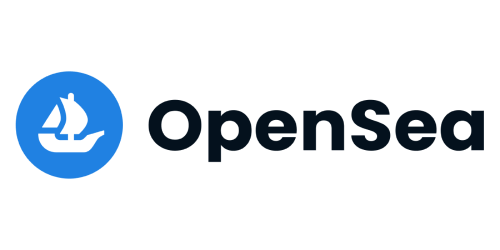 |
Solana NFTs | Ethereum |
| Art | Solana | |
| Collectibles | Polygon | |
| Music | Klaytn | |
| Domain Names | ||
| Photography | ||
|
Rarible
|
PFP | Ethereum |
| Art | Flow | |
| Metaverse | Tezos | |
| Photography | Polygon BETA | |
| Music | ||
|
SuperRare
|
Art | Ethereum |
| Collectibles | ||
| Photography | ||
|
Foundation
 |
Art | Ethereum |
| Collectibles | ||
| Video | ||
| 3D | ||
| AtomicMarket |
WAX | |
BakerySwap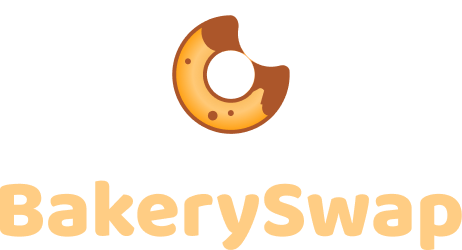 |
Art | BAKE |
|
KnownOrigin
|
Art | Ethereum |
| Photographs | ||
| GIFs | ||
| Videos | ||
|
Enjin Marketplace
 |
Gaming | Enjin |
| Art | EFI | |
| Collectibles | ||
| Music | ||
| Sports | ||
|
Portion
|
Digital Art | Ethereum |
| Digital Fashion | PRT | |
| Generative Art | ||
| Meme | ||
| Photography | ||
|
Async Art
 |
Art | Ethereum |
| Music | ||
| Blueprints | ||
|
Nifty Gateway
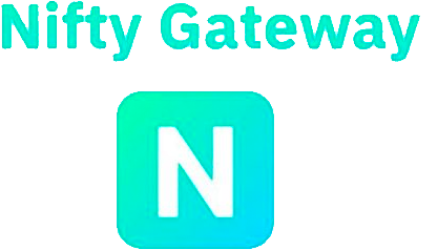 |
Art | Ethereum |
| Collectibles | ||
|
Decentraland
|
Land | Ethereum |
| Estates | Polygon | |
| Avatar wearables | ||
| Collectibles | ||
|
Zora
|
Art | Ethereum |
| Collectibles | ||
|
Mintable
 |
Art | Ethereum |
| Music | ||
| Videos | ||
| Collectibles | ||
| Sports | ||
|
Institut
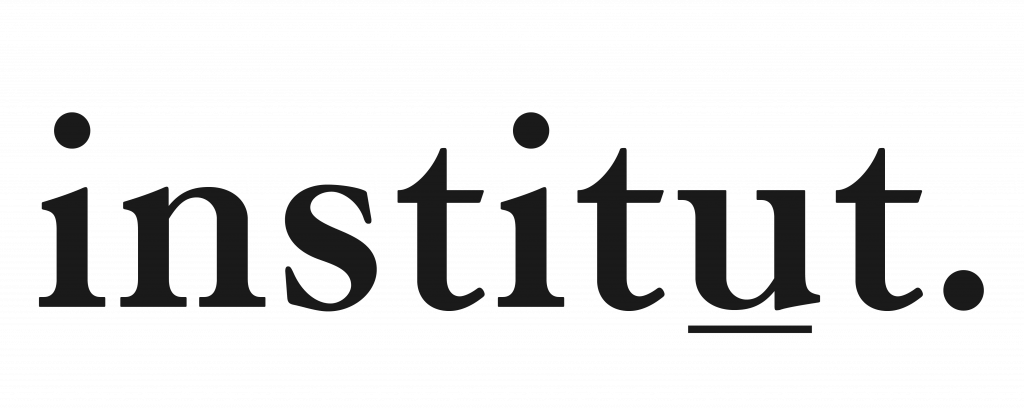 |
Collectibles | Ethereum |
| Digital Fashion | ||
| Generative | ||
| Genesis | ||
| NFTism | ||
| Pixel | ||
| Uncategorized | ||
| Utility | ||
| Virtual Worlds | ||
|
Magic Eden
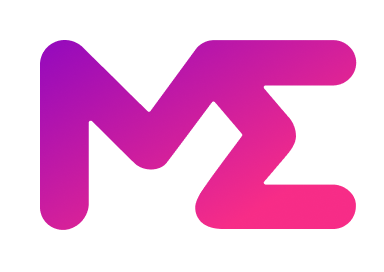 |
Solana NFTs | Phantom |
| Digital collectibles | Slope | |
| Game assets | Solflare | |
| Solana | ||
Frequently Asked Questions
What is an NFT?
An NFT is a non-fungible token. It is a unique item that you cannot replace with something else. An example of an NFT is a one-of-a-kind trading card, such as a digital artwork, that you simply cannot replace with any other artwork. Today, the majority of NFTs are digital which makes it very easy for creators to give their supporters something unique and rare. While they are similar to Bitcoins and other cryptocurrencies, they are non-fungible and non-divisible.
Can anyone sell on SuperRare?
No. At the moment, SuperRare works with only a small number of handpicked artists. If you would like to use this marketplace to sell unique, single-edition digital artworks, you can use a form to submit your artist profile and get you on SuperRare’s radar for their upcoming full launch.
Where can I find rare digital artwork to collect?
You can, for example, check out KnownOrigin. It is a marketplace where you can discover and collect rare digital artwork. Only authentic and truly unique artworks are sold on KnownOrigin. It is secured by the Ethereum blockchain. You can also try Portion. The nice thing about Portion is that it allows anyone to be a collector. As you can manage your physical and digital collection in one place, it is easy to exchange crypto for art and other collectibles.
Where can creators sell NFTs?
There are a number of NFT marketplaces where creators can sell their NFTs. The majority of these platforms require buyers to have a digital wallet and use cryptocurrencies to pay for their purchase. You can, for example, check out OpenSea, Async Art, Foundation and Rarible. OpenSea describes itself as the biggest marketplace for NFTs and features more than 700 different projects.
How does Async Art work?
With Async Art, you can create, collect, and trade programmable art. You can either buy the individual components that make up the master image (referred to as “Layers”) or the 1/1 edition art piece (called the Master image). Layers have special abilities decided by the artist. So, when you change something on the Layer, the Master image will reflect this change irrespective of who owns it. The artist decides which aspects, like the color of the background, individual collectors may change.

















